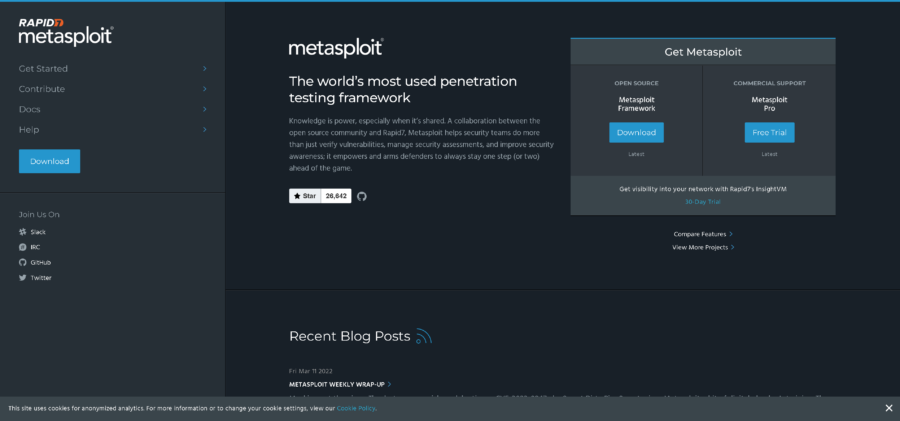Cloud computing like any concept in the real world comes with risks and rewards. It is not a perfect solution where huge mistakes are forgiven without great consequences. In all honesty, cloud computing could actually make or break a company, depending on how they implement it. And if they actually do everything right, cloud computing will propel their company to success, reaping rewards that they never thought was possible with the old technology that they have been using.
First let us look at the risks associated with cloud computing.
1. Network dependency. Perhaps the most basic drawback of cloud computing is its dependency to the internet infrastructure. You need internet connection in order to access the cloud, and like anything connection based, it is prone to outages and service interruptions at any time. This means that it could occur during a very important task or transaction, either delaying it or losing it entirely if it was time constrained. As opposed to in-house servers that are hardwired. Though users will be unable to access these servers outside of the office, you can be sure that connectivity will be constant within the office premises.
2. Difficulty in creating hybrid systems. Some organizations especially those that hold sensitive information like Government offices and financial institutions will have their own IT services and will never transfer their data offsite no matter the benefits of efficiency and performance. Though these IT systems are fairly consistent internally, there are currently no industry standardized forms that applies to all systems when it comes to connecting them with new cloud systems. Making a legacy system compatible with a public cloud structure requires some IT voodoo and maybe some hardware tweaks. But you can bet that these organizations will be reluctant to part with their tried and true systems.
3. Centralization. Because organizations typically outsource their data and application services to a centralized provider, a dependency is formed towards that company. If ever the provider is for some reason unable to provide service, then all clients are affected and this could cost money for everyone. This is especially troubling if it occurs for extended periods.
4. Data integrity. Data security is always paramount to any organization. There is already a huge risk when the data is hosted in-house, this is then compounded when it is placed offsite. This opens up new avenues for attack and just makes sure that data is traveling a lot ensuring that attackers will be able to intercept it in one way or another. Better encryption is required in this case, but technology is always evolving and you can bet that if a person came up with it, another person can break it. Privacy is another big concern in data integrity. You are handing data over to a third party and even with a privacy contract, what’s to stop anyone from that organization from taking a peek at the data and using it for self gain.
Of course, there are brighter sides to everything. It might be night in one part of the world, but it the sun is shining brightly on the other.
1. Cost reduction. The low barrier of entry and the pay-per-use model that cloud computing has makes it very scalable for large corporations yet still very affordable for small ones. This allows the smaller firms access to the big guns, a powerful computing infrastructure that previously could only be afforded by large corporations. This is because of virtualization and the application of the concept of economies of scale. Since not everyone will need massive amounts of resources, these can be leased to other clients, and the more clients there are, the cheaper the cloud operation becomes as the costs are being divided among the clients. This allows a cloud provider to offer virtually unlimited resources.
2. Increased efficiency. Because of reduced costs and time savings, firms can devote their time to other more important aspects. This is also because of the increased throughput that cloud applications can bring in the business processes.
3. Flexibility. Because organizations are not locked in by IT infrastructure they spent millions of 5 years ago, they can actually quickly change technologies and implementations without much risk and cost. If it does not work out for the new implementation then they can just switch back just as quickly, and this allows experimentation in the side of clients and gives developers and providers reasons to also experiment with new services and applications that their clients would need, even if they do not know it yet.
4. Security gains. But wait, didn’t we say that security was a risk? Well it can be both since security in cloud computing is just as good or bad as old networking implementations. But the difference this brings to a small organization with no technical knowledge is quite outstanding. Instead of spending money acquiring and implementing security systems training someone to run in-house implementations, the cloud provider already provides the hardware and knowledge to implement modern security measures.
5. Reliability. Despite the fact that internet connectivity is subject to outages, not to mention the provider itself. This is still more reliable that in-house systems because of the economies of scale. The vendor can provide 24/7 technical support and highly trained experienced personnel to handle the infrastructure and keep it at top condition, which all their clients can benefit from. Compare this to the old model where each organization would have their own team of on-site IT personnel which could be of questionable skill.
It is clear that there are risks to any endeavor, but it is also clear that the benefits that cloud computing brings to the business, especially to the smaller ones are very much a clear indicator for them to jump into it. But of course, they should plan their implementation properly, and vendors may be able to help in this aspect.
By Abdul Salam





